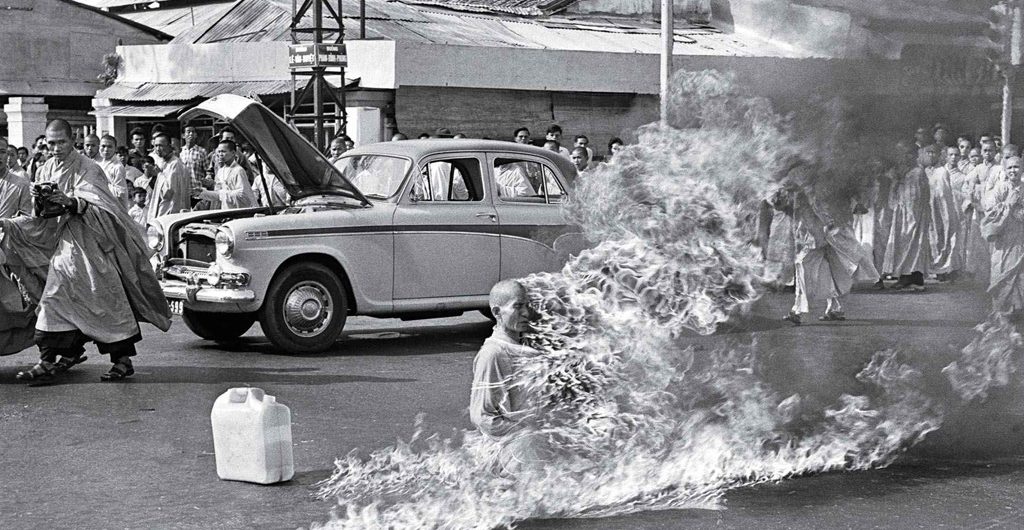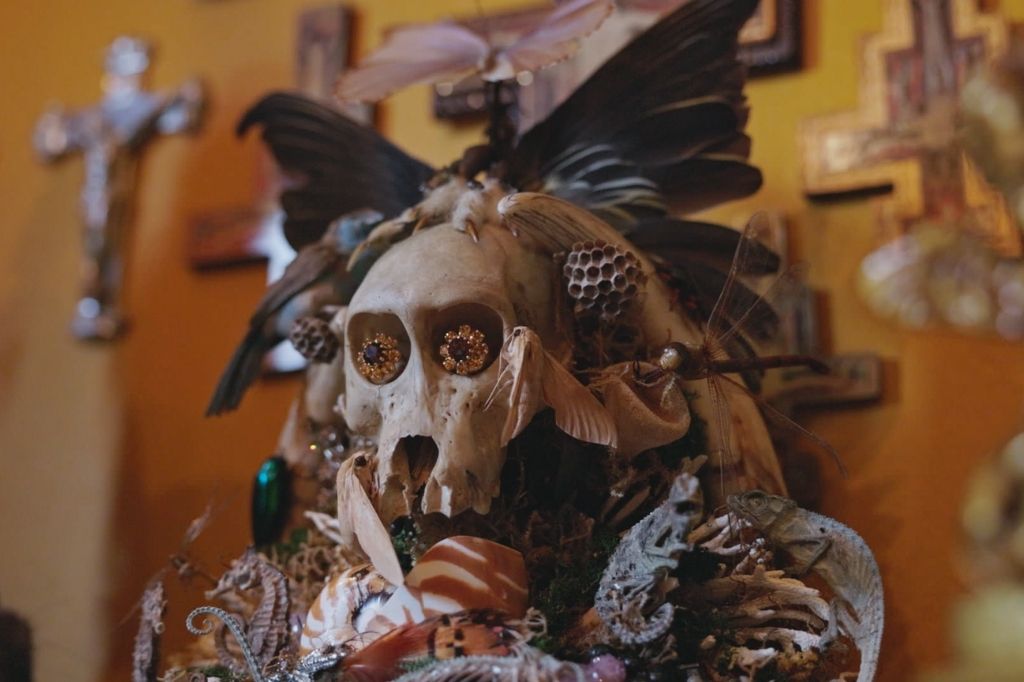We take a closer look Malcolm Brown’s image “The Burning Monk”, who took his own life to protest the treatment of Buddhists by the regime of President Ngo Dinh Diem.
With this series, immolating TIME explores the story behind some of the most important images of our time. What is it about these extraordinary photographs, and why did they change the course of history.
“In June 1963, most Americans couldn’t find Vietnam on a map. But there was no forgetting that war-torn Southeast Asian nation after Associated Press photographer Malcolm Browne captured the image of Thich immolates himself on a Saigon street.”
In an interview with Time Magazine Brown explained what happened that morning: “I had some hint that it would be something spectacular, because I knew these monks were not bluffing. They were perfectly serious about doing something pretty violent. In another civilization it might have taken the form of a bomb or something like that.
The monks were very much aware of the result that an immolation was likely to have. So by the time I got to the pagoda where all of this was being organized, it was already underway—the monks and nuns were chanting a type of chant that’s very common at funerals and so forth. At a signal from the leader, they all started out into the street and headed toward the central part of Saigon on foot. When we reached there, the monks quickly formed a circle around a precise intersection of two main streets in Saigon. A car drove up. Two young monks got out of it. An older monk, leaning a little bit on one of the younger ones, also got out. He headed right for the center of the intersection. The two young monks brought up a plastic jerry can, which proved to be gasoline. As soon as he seated himself, they poured the liquid all over him. He got out a matchbook, lighted it, and dropped it in his lap and was immediately engulfed in flames. Everybody that witnessed this was horrified. It was every bit as bad as I could have expected.” [Time.com]
His Pulitzer Prize–winning photo of the seemingly serene monk sitting lotus style as he is enveloped in flames became the first iconic image to emerge from a quagmire that would soon pull in America. Quang Duc’s act of martyrdom became a sign of the volatility of his nation, and President Kennedy later commented, “No news picture in history has generated so much emotion around the world as that one.” Browne’s photo forced people to question the U.S.’s association with Diem’s government, and soon resulted in the Administration’s decision not to interfere with a coup that November.” [TIME, 100Photos.com]
Be sure to check out the TIME online store.







